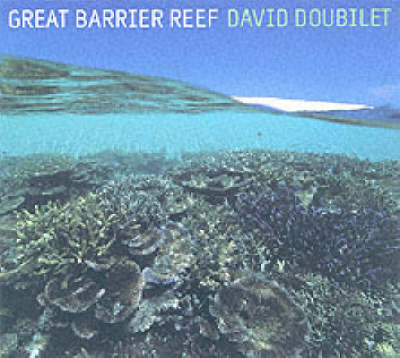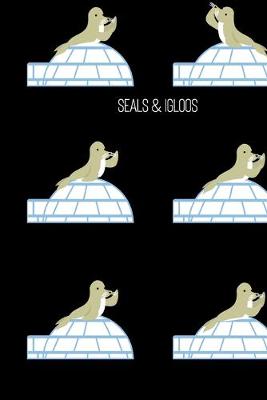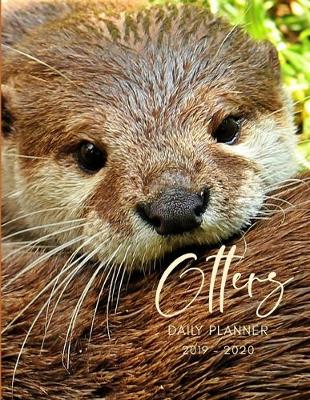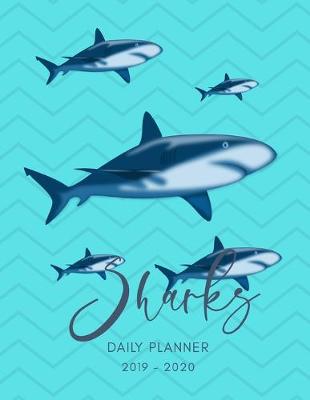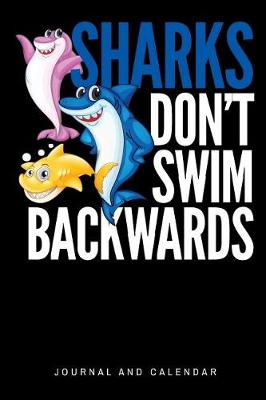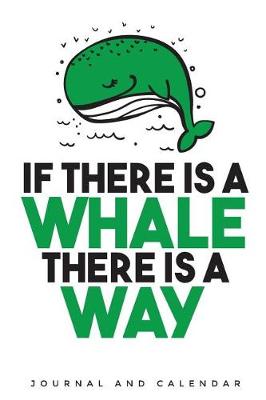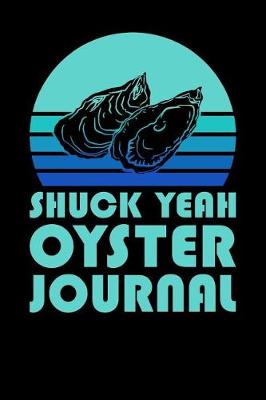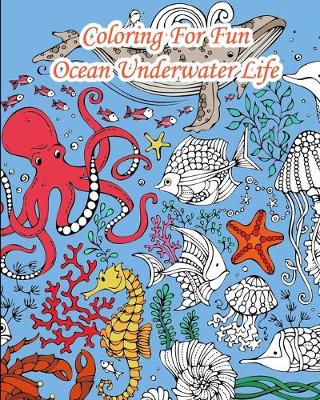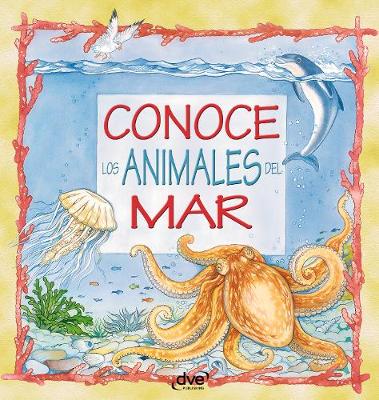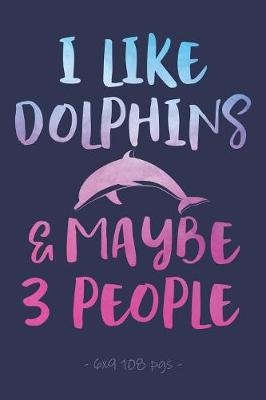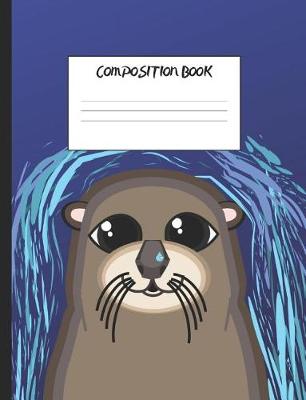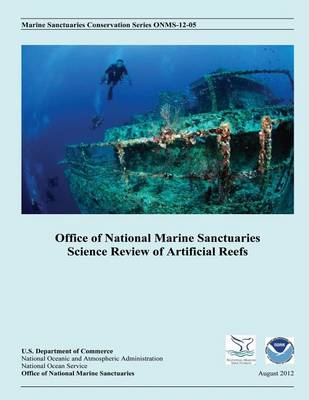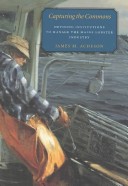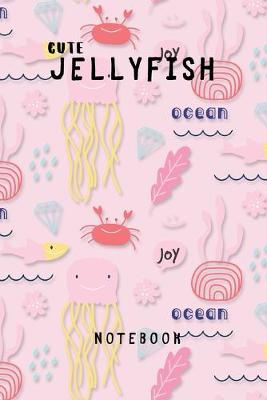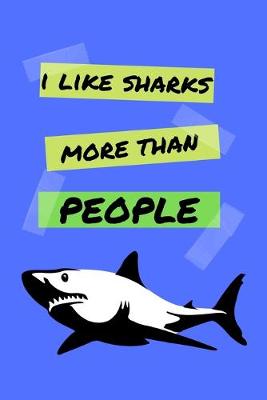The Great Barrier Reef stretches for more than 1,250 miles in a graceful crescent along Australia's northeast coast. Doubilet has dived along its length from north to south and has, over time, made a rare photographic portrait of its beauty and complex web of life. The book is richly illustrated with more than 135 photographs, accompanied by essays by Doubilet
El gran libro de las tortugas (Animal)
by Marta Avanzi and Massimo Millefanti
Describes how the oceans were formed, the plants and animals that live in them, and man's impact on the marine environment.
This guide seeks to give inspiration on what to do with ponds as a productive source of interest. It is backed by practical guidance on how to create the right environments for different projects and how to manage a pond to the greatest all-round advantage - not just for commercial gain, but also for ecological reasons or simply for the pleasure of having a garden pond. The topics covered include pond history - monastery stewponds and village duckponds - followed by instructions on how to create...
Coloring For Fun - Ocean Underwater Life (Coloring for Fun, #1)
by Aline Boosks and Lani Carton
Composition Notebook (Cute Notebooks for School Girls and Boys, #38)
by Majestical Notebook
I Like Dolphins & Maybe 3 People (Dolphin Lovers, #7)
by Azure Ocean Press
Office of National Marine Sanctuaries Science Review of Artificial Reefs
by Noaa Office of National Marine Sanctuari
In this illuminating new book, James M. Acheson examines the management of the lobster industry. He shows that resource degradation is not inevitable. Indeed, the Maine lobster fishery is one of the most successful fisheries in the world. Catches have been stable since World War II, and record highs have been achieved since the late 1980s. According to Acheson, these high catches are due, in part, to the institutions generated by the lobster-fishing industry to control fishing practices. Rationa...
